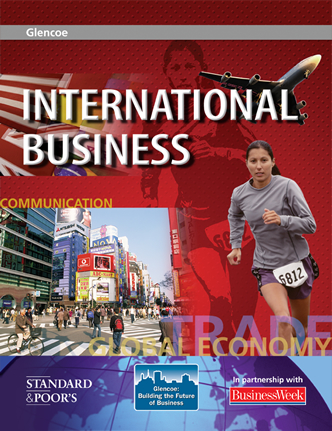 
International BusinessChapter 14:
Human Resource ManagementChapter Summaries- A strategic human resource management approach helps define and focus a company. It is a program of carefully planned strategies that lead to the hiring of home, host-, and third-country employees.
- Forms of management include: ethnocentric, polycentric, regiocentric, and geocentric.
- The most successful businesses are those that do a good job of recruiting, selecting, orienting, and training employees. Recruiting involves actively looking for qualified people to fill jobs. Selection involves deciding which qualifies applicant to hire. Orientation includes paperwork, tours, and introductions before a new employee begins the job. Training new employees includes on-the-job training, possibly with an experienced employee, and off-the-job training.
- Successful international business operations adjust to local labor conditions and practices.
- A key factor that affects the relationship between union and management is the managerial and leadership styles that are most common in a country. Characteristics vary from paternalism and delegation of authority to worker-management antagonism.
- International HR managers should understand the quality of life and work in diverse regions when working with employees.
 |  |
|





